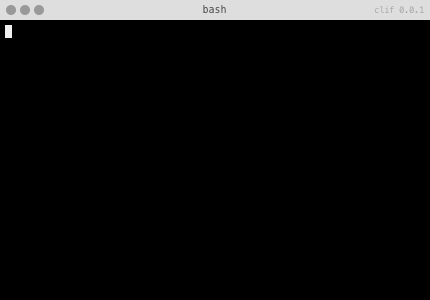Get WiFi Password from Command Line
I met Guillermo Rauch several years ago in the #mootools-dev room on IRC. He jumped into the MooTools project and made great things happen; he also coded MooTools' plugins forge. Since then he's gone on to create amazing things, most recently releasing HyperTerm, an excellent terminal app for Mac. I was recently browsing his GitHub repo list and found a goldmine of work but one quickly stuck out: wifi-password.
Have you ever been at a coworking location, a bar or restaurant, or your friend's house and someone asks you for the wifi password? You don't remember, of course, and the signs posting it are no longer up. What do you do? You grab wifi-password!
Once you've cloned wifi-password, you run the utility while you're connected to the network:
./wifi-password
Wait a moment and the wifi password is output to your command line:

I can think of dozens of instances when this would've done me well. Being able to retrieve passwords from any app or network is incredibly useful when on the go!
![CSS Gradients]()
With CSS border-radius, I showed you how CSS can bridge the gap between design and development by adding rounded corners to elements. CSS gradients are another step in that direction. Now that CSS gradients are supported in Internet Explorer 8+, Firefox, Safari, and Chrome...
![An Interview with Eric Meyer]()
Your early CSS books were instrumental in pushing my love for front end technologies. What was it about CSS that you fell in love with and drove you to write about it?
At first blush, it was the simplicity of it as compared to the table-and-spacer...
![Create a Simple Slideshow Using MooTools, Part II: Controls and Events]()
Last week we created a very simple MooTools slideshow script. The script was very primitive: no events and no next/previous controls -- just cross-fading between images. This tutorial will take the previous slideshow script a step further by:
Adding "Next" and "Previous" controls.
Adding...
![NSFW Blocker Using MooTools and CSS]()
One of my guilty pleasures is scoping out the latest celebrity gossip from PerezHilton.com, DListed.com, and JoBlo.com. Unfortunately, these sites occasionally post NSFW pictures which makes checking these sites on lunch a huge gamble -- a trip to HR's office could be just a click away.
Since...






You can also just do the following: